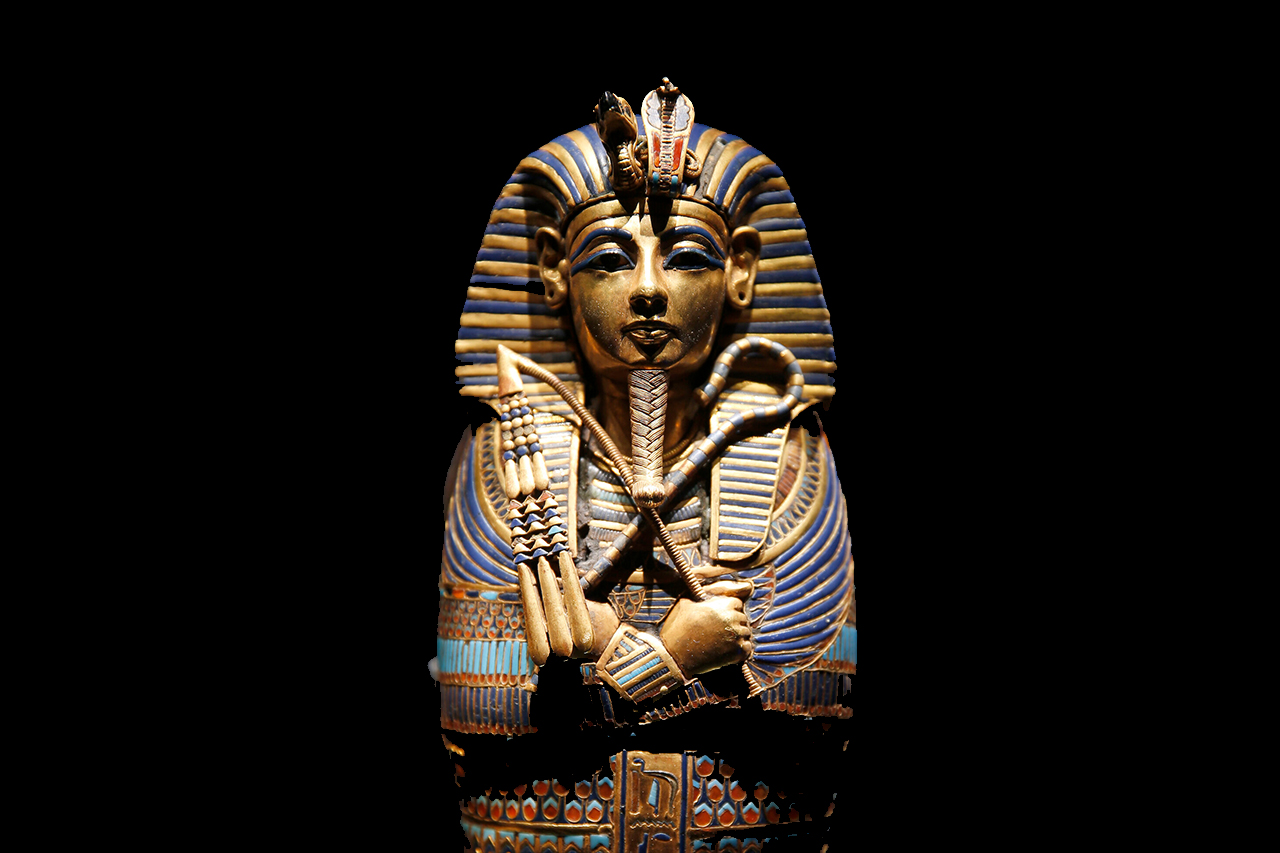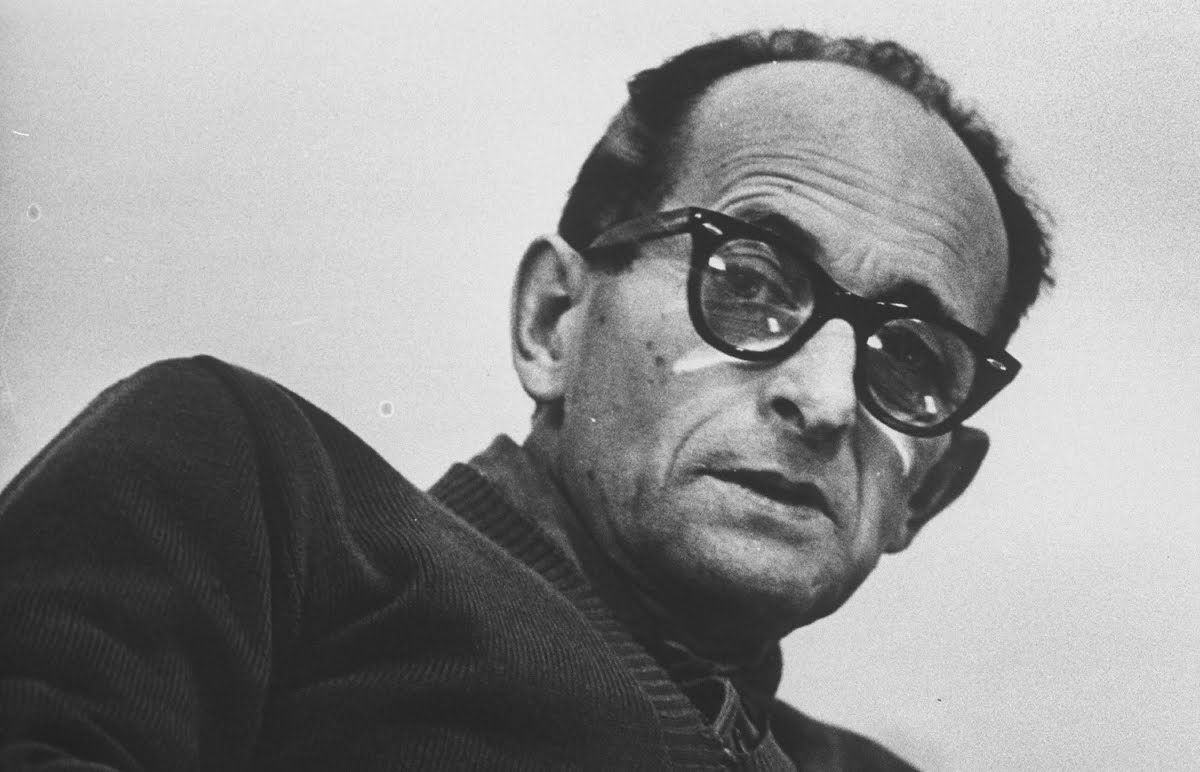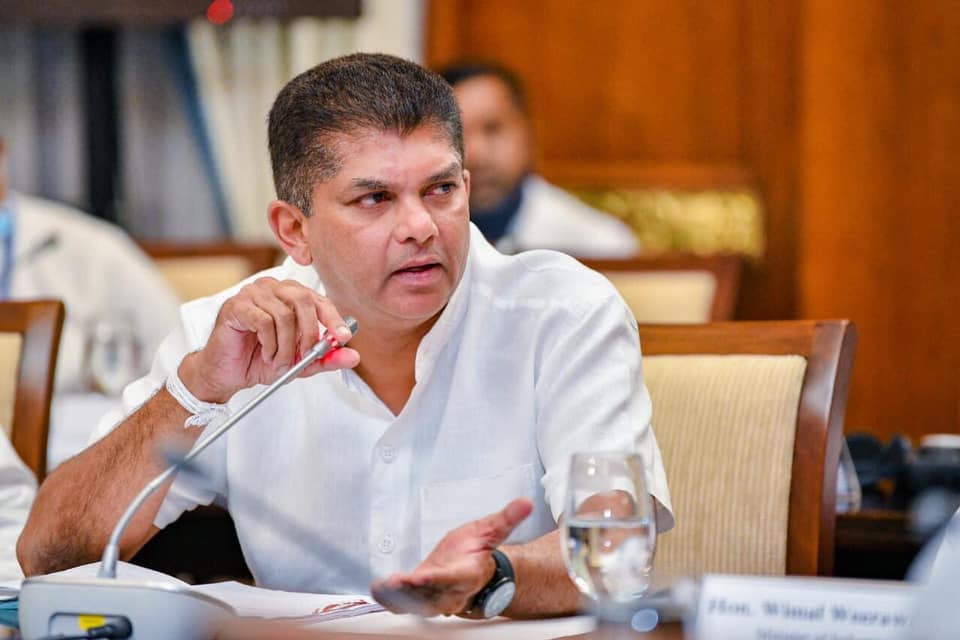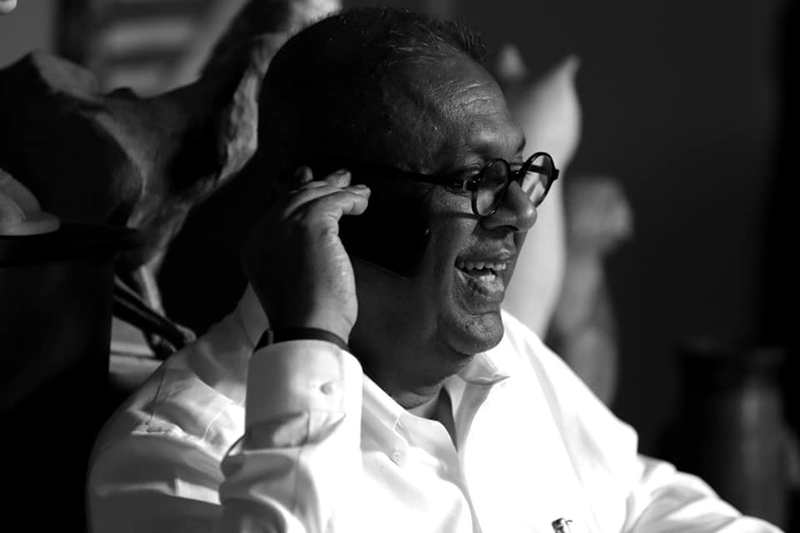THE OLDEST EXISTING SINHALESE NEWSPAPER AND MAGAZINE IN SRI LANKA
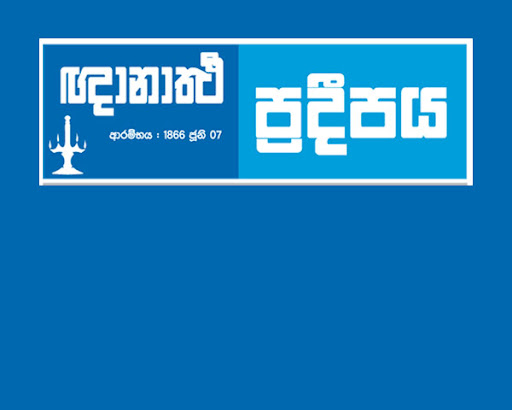
The Catholic Church of Sri Lanka boasts of being the publishers of the oldest Sinhalese-language newspaper and magazine still in print in the country. These two publications-the Gnanartha Pradeepaya (Light of Wisdom) and the Bhakthi Prabodanaya (Spiritual Renewal)-were started in the late 19th century. Besides inculcating spiritual values in the faithful who are just a minority in this predominantly-Buddhist island nation, the publications, in the intervening years, have equally raised a voice against socials ills of all kinds, provided a forum for public opinion and guided aspiring journalists to sharpen their writing skills.
A historic legacy handed down to Sri Lanka by the Christians of this country is the printing technology. The first-ever Sinhalese letters were created by Gabriel Baas who was in charge of the armoury of the Dutch. A government gazette on pepper plantation was published in Sinhalese for the first time on 05th April 1737 using the moulded letters he had designed. A month later a prayer book was printed in Sinhalese. Around this time the translation of the Bible into Sinhalese was undertaken. According to the Journal of the Royal Asiatic Society, all the four Gospels of Matthew, Mark, Luke and John were translated and published in 1739.
The Dutch who held sway in the coastal belt of Sri Lanka (1638-1796) used Sinhalese printing to propagate their religion and print government decrees and notices. Although well before the occupation of the Dutch, Catholic books had been compiled, they were not printed due to the absence of a Sinhalese printing technique. During the period of the Calvinist Dutch when the Sri Lankan Catholics were subjected to persecution, the printing of Catholic books was banned completely. This ban was lifted only in 1796 when the British took control of the country.
The first Sinhalese newspaper was Lanka Lokaya (Light of Lanka), launched in 1860 at Galle in the Southern Province. It was a fortnightly publication by W. E. Eaton, but it soon ceased to be published. The first newspaper, registered under the 1839 Newspaper Registration Ordinance, was Lakmini Pahana (Lamp of Lanka), which commenced publication in 1862, among its pioneers being Gunatilake Athapattu, Pandit Batuwantudawe and Buddhist monk Ven. Walane Siddhartha. When in 1934 Kumaratunga Munidasa (1887-1944), the celebrated Sinhalese linguist, grammarian and writer, who sought to get rid of the Sanskrit influences in the Sinhalese language and its literary works, was appointed editor, the paper gained popularity. Under the editorship of V. S. Ranasinghe, Lakrivikirana (Rays of Sun of Lanka) started publication in 1863. This was a newspaper which fought exclusively for the rights of the Buddhists. In 1891 it became a daily newspaper.
The change of power of the colonialists ushered in an atmosphere of religious freedom for the Sri Lankan Catholics who began to give serious attention to having a publication of their own. As a result, the weekly Gnanartha Pradeepaya (GP) was started on 07th June 1866 as a four-page broadsheet of Church news, papal speeches, special announcements and advertisements under the editorship of layman Juan Fernando, a teacher by profession, supported by a team of eight laypeople. He attended to editorial work at No. 40, Fishers’ Hill, Muthuwella, near the river mouth of Colombo under the directorship of Fr. Peter Laurie. At the time the printing-press was located closer to St. Lucia’s Cathedral in Kotahena (Colombo 13). It was later shifted to Borella, Colombo 08 where it is now as the Colombo Catholic Press. The newspaper was the brain child that came into being with the donations of Bishop Hilarion Sillani of the Order of St. Benedict, the then Bishop of Colombo, and other Bishops. In 1886, the Colombo Archdiocese became the official owner of this weekly.
In the course of the early years that followed the publication of this Catholic weekly, the cordiality and understanding between the clergy and laity became a prominent feature. As the GP was founded primarily to nurture and propagate the Catholic faith, all the articles were written and edited with this particular objective in mind. If anything that was in contradiction with the dogma was published, steps were taken forthwith to clarify and interpret it in the light of the Church teachings. But, with the passage of time, the attitudes of the Church were broadened and the aims and the scope of the newspaper too were widened in proportion to the new trends, resulting in the adoption of a more open stance, that, in turn, led it to acquire a wider national coverage in its content, without limiting itself solely to matters of religion.
The GP is regarded at national level as the organ of the Catholic Church in Sri Lanka. It is common belief that the paper serves as a reliable channel to be informed of the Church opinion on national issues. Yet, all that is published there, does not necessarily reflect the official stand. Church statements and notices are published with the signature of the relevant competent official while an open policy exists with regard to the rest of the articles. The subscribers also use the paper to find prospective life partners, remember the death anniversaries of their loved ones and insert advertisements.
The GP was published twice a week in the 1960s when under the able editorship of Fr. Ignatius Gamlath, it stood up against the take-over of the Church-run private schools in the country by the then government of Prime Minister Sirimavo Bandaranaike, the world’s first female premier.
In the wake of the July 1983 ethnic riots in Colombo and elsewhere that triggered the start of the three-decade-long civil war in the country and the ensuing presence of the Indian Peacekeeping Forces, the editorials and political comments of this Sinhalese Catholic weekly were censored as being too sensitive to be published at the time.
The then editor-in-chief of both the GP and its sister paper the Messenger, started in 1869, was the late Hector Welgampola, a versatile bilingual journalist and a well-known figure in the Asian Catholic printed media. He later held the post of executive editor of UCA News, an Asian Catholic news agency, based in Bangkok, Thailand.
Some of his editorials were also censored in the late 1980s in the thick of the insurrection when radical Marxist Sinhalese youths from southern Sri Lanka of the Janatha Vimukthi Peramuna (People’s Liberation Front), now in mainstream politics, rose against the then government.
Shiran Maithri Fernando, the current chief sub-editor of the paper, who joined the editorial staff in 1986, told Namo magazine that the paper has been critical of the recent controversial Colombo Port City project and the 2013 incident at Rathupaswala, about 17 km northeast of Colombo, when protesters demanding clean water were attacked by the army, killing three people. A rubber factory was reportedly the cause of water contamination.
Fernando said that the paper, unlike the other media, has even taken the trouble to gather all information of about 150 families affected by the 2019 Easter attack. “One Catholic writer is even ready to include these facts in a book to be published shortly”, he said. In the incident of the ship that caught fire last May in the Sri Lankan waters, the paper has sought to keep the readers abreast of its effects by carrying interviews with environmental experts, he added.
The GP switched from the outdated letterpress printing over to modern offset printing in the mid- 1980s. The person who pioneered this new technique was the late Fr. Bertram Dabrera, the then director of the Catholic Press who had earlier served as procurator general of the Colombo Archdiocese. He was pivotal not only in introducing this latest technique but also in taking initiatives for the welfare of the employees. In 2016 the paper was introduced into web offset printing. Presently it comes out with 32 pages, edited by Fr. Camillus Fernando.
In 2015 the GP notched its 150th anniversary. Maithripala Sirisena, the then President of Sri Lanka, was the chief guest at the celebration.
The GP, which is ranked among one of the oldest Catholic newspapers in Asia, has also been instrumental in creating fully-fledged journalists and writers who presently occupy reputed positions in the secular media. The supplementary weekly publication of the Lama Pradeepaya (Light of Children) has played a key role in moulding such potential writers.
Many are the laymen, both living and dead, who have contributed immensely and wholeheartedly to the betterment of the paper right from its inception. In this regard, it should be worthy of mentioning the name of the late Norbert Mawalage, who served as a sub-editor until the late 1980s.
Among the others who have penned editorials from the early 1950s to date are Oblate Fr. Marcelline Jayakody, musician and lyricist, known as the “Priest in the Temple”; Bishops Frank Marcus Fernando and Oswald Colman Gomis; Fr. Joe Wickremasinghe; layman Francis Liyanarachchi; Frs. Benedict Joseph; Cyril Gamini Fernando; and Shantha Sagara Hettiarachchi.
The oldest Sinhalese magazine in Sri Lanka
The monthly Bhakthi Prabodanaya (BP) is the oldest existing Sinhalese magazine. It was founded in 1899 by Oblate Missionaries as part of their ministry of the printed word at St. Vincent’s Home in Maggona, 66 km south of Colombo. The first editor of this family magazine was also a layman named Gurunanselage Marshal Ferdinandez, a school teacher and a Sinhalese scholar from Maggona. The BP, throughout all these years, has stood for truth, justice and peace in a multi-communal society and has addressed ethnic violence, youth unrest and poverty, among others. Oblate Father Eymard Dalpadadu, its current editor, told Namo magazine that this publication has always been an organ of public opinion and a voice against issues in various spheres. ***
*The present writer was on the editorial staff of the Gnanartha Pradeepaya for over 20 years (1984 – 2005), also forging a link with the Messenger as a correspondent and a bilingual translator. Working simultaneously as chief of UCA News bureau in Sri Lanka, he later left the country to work for an English-language daily in PNG as a news editor. The writer remembers Hector Welgampola with gratitude for the guidance and inspiration given for his journalistic career by the late editor.
